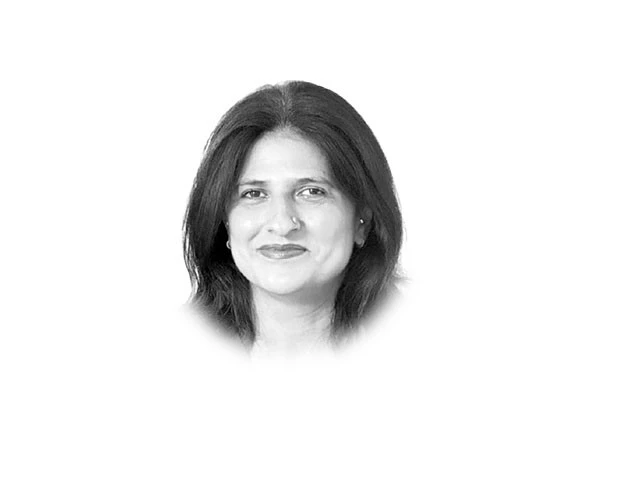Wales ended a record run of 10 successive home Test defeats and gave new head coach Steve Tandy his first win by claiming a dramatic 24-23 victory over Japan in Cardiff.
The win, secured by a Jarrod Evans penalty with the…

Wales ended a record run of 10 successive home Test defeats and gave new head coach Steve Tandy his first win by claiming a dramatic 24-23 victory over Japan in Cardiff.
The win, secured by a Jarrod Evans penalty with the…

BARCELONA, Spain — Mikel Oyarzabal scored twice as Spain maintained its perfect form in World Cup qualifying with a 4-0 win in Georgia on Saturday as it closed in on a berth at next year’s showpiece tournament.

Blue Moon star Ethan Hawke thought of his latest collaboration with director Richard Linklater as a different version of John Lennon and Paul McCartney. “The day they’re breaking up, only one of them’s going to start a band that’s five…

Pakistan is the only country that provides documentation-free open space for Afghans to earn dollars monthly
The writer is a Doctor of Philosophy in Semiotics and Philosophy of Communication from Charles University Prague. She can be reached at…

The All Blacks started quickly at Allianz Stadium, racing into a 12-point lead with tries by Leicester Fainga’anuku and Codie Taylor.
Following Ollie Lawrence’s powerful finish, Ford’s back-to-back drop-goals meant the hosts bounced into the…
This request seems a bit unusual, so we need to confirm that you’re human. Please press and hold the button until it turns completely green. Thank you for your cooperation!

Audi is putting its performance DNA front and center with “Always On Business Driving,” a new campaign edited by Abandon Editorial’s Edward Khoma for Ogilvy, New York. Anchored by the debut of the all-new Audi A6 Sportback e-tron — the…

From the viral six-seven trend to Italian brainrot memes, tweens are hard to figure out. This is perhaps especially true during the holiday season, when you’re racking your brain for a holiday gift idea for preteens that won’t elicit an eye…